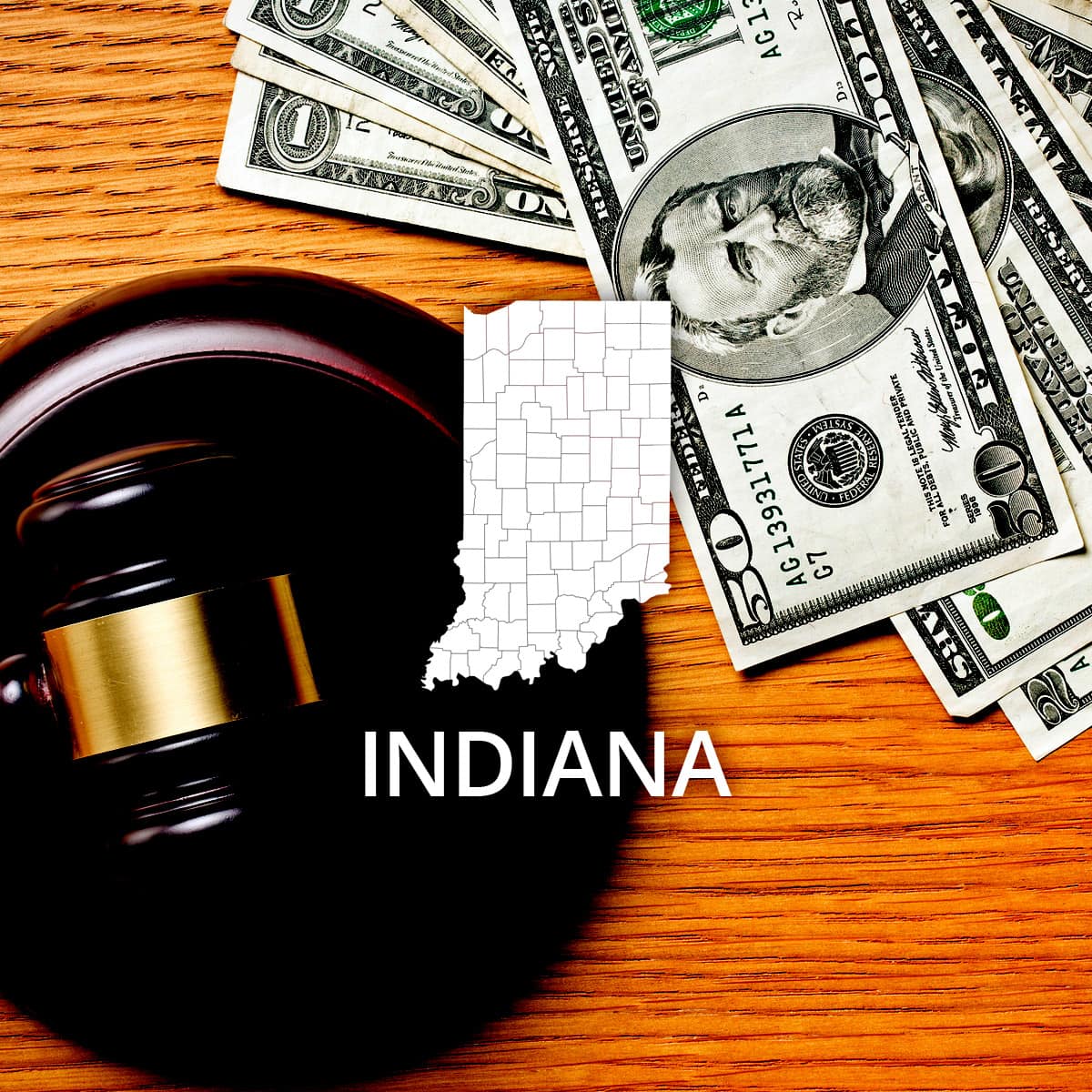How to File Bankruptcy in Indiana
 A petitioner may file one of 4 types of bankruptcy in an Indiana District Court. The state is divided into two districts, Northern and Southern, but all courts of bankruptcy adhere to the federal laws and regulations recently amended by the 2005 Bankruptcy Act.
A petitioner may file one of 4 types of bankruptcy in an Indiana District Court. The state is divided into two districts, Northern and Southern, but all courts of bankruptcy adhere to the federal laws and regulations recently amended by the 2005 Bankruptcy Act.
Filing for Chapter 7, Chapter 13, and Other Types of Bankruptcy
The first type of bankruptcy is Chapter 7. It is an attractive option for individuals or married couples with limited income and few assets. The code for Chapter 7 allows much of the debtor's unsecure financial history to be wiped clean, but non-dischargeable debt such as child support or student loans will remain their responsibility.
Chapter 13 is a different type of resolution of debt, where many of the petitioner's assets remain in his or her possession even after the bankruptcy is complete. The objective of Chapter 13 is to restructure debt so the debtor may make payments to clean up the financial burden in a period of 3 to 5 years.
Chapter 11 is similar because it also calls for reorganization of debt, but in the case of a business. The business is able to remain open with their assets protected over a period of 3 to 5 years. A similar yet specific code was written to offer debt relief to family farmers and fishermen, known as Chapter 12.
Official bankruptcy forms for the U.S. Bankruptcy Courts are available at http://www.uscourts.gov/forms/bankruptcy-forms or RecordsFinder.com Court Forms Section.
Steps to Filing Bankruptcy
According to the Bankruptcy Act of 2005, each petitioner must undergo credit counseling within approximately 6 months before filing for bankruptcy. If the debtor determines that bankruptcy is the best option, there are several more steps to complete.
First is to determine what type of bankruptcy for which a petitioner is eligible. This is done through a means test which compares the individual's income over the last 6 months with the median income for the state of Indiana. If the income is below the median, he or she may file for Chapter 7. Chapter 13 is an option for those with a higher income.
The next step is to gather the necessary paperwork to file for bankruptcy. This includes but is not limited to: receipts for major transactions from the last 2 years, loan documents, a list of debts, an inventory of possessions, deeds to property, and titles for vehicles, monthly living expenses, and tax information from the previous 2 years.
This information is combined with the necessary forms required to file. Some petitioners choose to hire legal counsel at this time to help them file, while others choose to do so on their own. If filing for Chapter 13, it is also imperative to create a summary that outlines the repayment plan for court approval. All of these pieces combined are called "the schedule" and are submitted to the court to file bankruptcy.
Once bankruptcy is filed, an automatic stay is placed to prevent creditors from contacting the debtor and to halt any foreclosure proceedings. The case is given to a court appointed trustee who uses non-exempt property to repay a portion of the debt. The trustee is also responsible for setting up a 341 meeting to allow the creditors and debtor to meet face to face for negotiation. If no agreements can be made to settle the debt, a judge will intervene to set the terms.
Lastly, each petitioner is required to complete a financial management course approved by the court to finalize their bankruptcy. Those who have filed for Chapter 13 will be expected to continue making payments for the length of the agreed upon term.
Northern District of Indiana Bankruptcy
As mentioned above, Indiana is divided into two districts for complete jurisdiction over the state. The Northern District houses courts in Fort Wayne, Hammond, Lafayette, and South Bend. Indianapolis, Evansville, New Albany and Richmond comprise the Southern District of Indiana bankruptcy courts.
